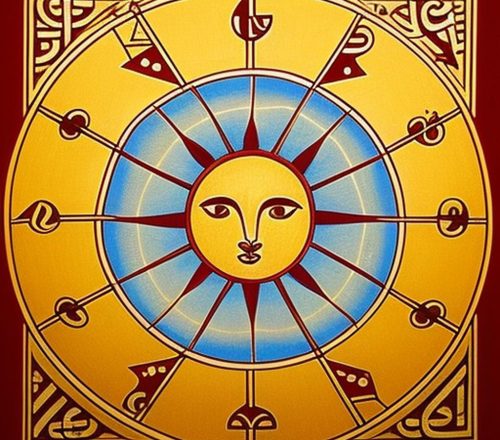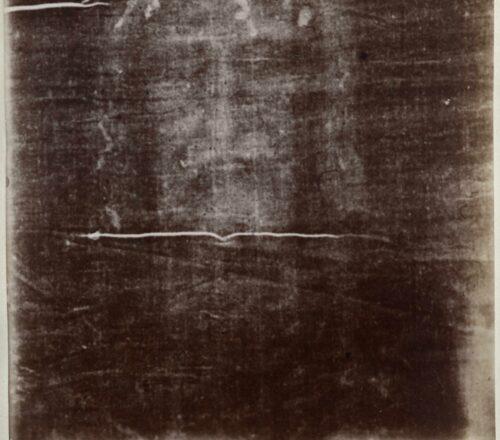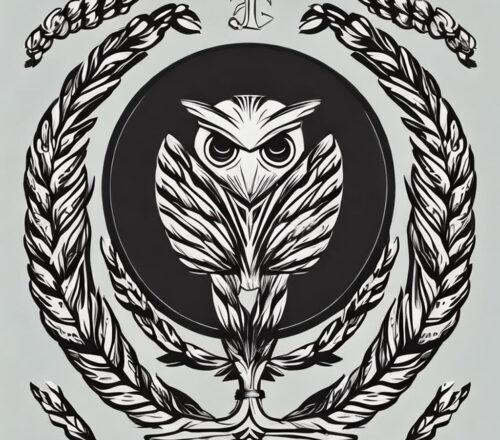
Table of Contents
Ancient Board Game of the Near East
Board games, a timeless source of amusement, strategy, and social interaction, held a significant place in the cultures of ancient Egypt and the Near East. Among these, the “game of 58 holes” stands out, not just for its popularity but for its intriguing design and multifaceted use. Unearthed in Necropolis B at Tepe Sialk in Iran, this game provides a fascinating glimpse into the past, reflecting a broad geographical and temporal distribution, and evolving into several versions over time.
A Glimpse into Ancient Pastimes with The Game of 58 Holes
The nomenclature of ancient board games often stems from the physical characteristics of their game boards. Thus, the “game of 58 holes” derives its name from its distinctive layout—two symmetrical tracks of 29 holes. This ancient game, frequently discovered across Iran, involves players maneuvering their five pegs along these tracks, guided by the roll of dice, with the goal of reaching a shared endpoint. The board itself, more than just a playing field, is a canvas of artistry with inlaid motifs and inscriptions marking significant stages of progress.
The terminology associated with this game varies, reflecting its diverse manifestations. Names like “the shield game” or “the palm-tree game” point to the board’s design, while “the game of dogs and jackals,” housed in the Louvre (N 42645), alludes to the playing pieces themselves. Versions of this game have been found ranging from the Luristani variant (AO 25342) to the Egyptian iteration (N 3043), showcasing its widespread appeal and adaptability.
Beyond Entertainment there was The Role of Divination
Intriguingly, the game of 58 holes transcended mere recreation. The board and its pieces also played a part in divination and funerary rituals. In these contexts, the roll of dice or knucklebones, which dictated the movement of pegs or pawns, was interpreted as a manifestation of divine will. Such practices were not uncommon; for instance, board games found in the Temple of Inshushinak at Susa (Louvre Museum, Sb 2911 and Sb2912) likely indicate the role of Inshushinak, a god associated with judgment of the dead, in divinatory rites.
Necropolis B at Tepe Sialk = A Trove of Antiquity
The game board discovered in Necropolis B at Tepe Sialk, though lacking its original pieces, emerged from a tomb sadly ravaged by looters. Despite the incomplete archaeological record, the site’s findings offer valuable insights. Necropolis B, abundant with Iron Age funerary artifacts, presented finely crafted painted and lustered ware, parts of harnesses, and other game-related items such as knucklebones (AO 18077) and a miniature medallion resembling the “game of 58 holes.”
These discoveries underline the significance of games as funerary offerings, meant to accompany the deceased into the afterlife. The preservation and understanding of Near Eastern games owe much to comparative data from Egypt, where the climatic conditions have safeguarded relevant texts, images, and game pieces more effectively.
The Game of 58 holes A Window into Cultural Heritage
The “game of 58 holes” is more than a mere artifact; it is a window into the cultural, religious, and social fabric of ancient civilizations. Its multifaceted roles, from providing entertainment to serving in divination and funerary contexts, highlight the complexity and richness of human heritage. As we delve into the remnants of the past, such games remind us of the enduring human quest for connection, meaning, and play.
Online resources
Those online resources that can provide additional information about the game of 58 holes and related topics:
Tepe Sialk Excavations and Findings
British Museum – Ancient Board Games
Metropolitan Museum of Art – Ancient Near Eastern Art
Iranian Cultural Heritage Organization
Ancient Games – Board Games of the Ancient World
National Geographic – Ancient Board Games
These resources will provide a broad overview and deeper insights into the history and significance of ancient board games, particularly the game of 58 holes.
Shop tip
Board games on Amazon
Enjoy your exploration into the ancient gaming world!
Take time to learn
Invest in your future
Embark on a journey into the realm of affiliate marketing and craft your own website within a vibrant, supportive community. Join me in this adventure, where you can begin as a free starter and stay as long as you desire. Enjoy complimentary hosting and foundational teachings to set you on your path. For those with advanced skills, opportunities to elevate your expertise await. Take a moment to explore and witness the magic for yourself!




